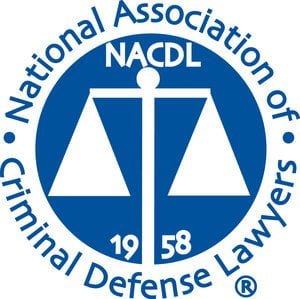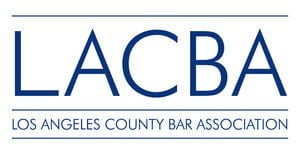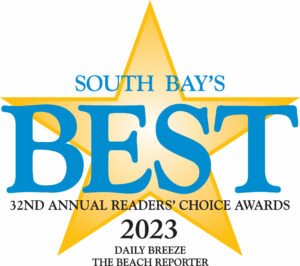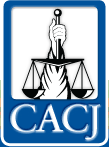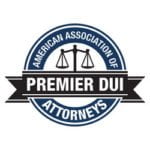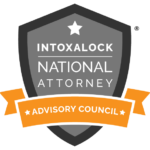Drones — unmanned remote-controlled aircraft — can be purchased as cheaply as $50 and controlled with a smartphone app. But when it comes to drone prices, technology, and capabilities, the sky is the limit. Enthusiasts inclined to invest in state-of-the-art drones can pilot high-performance aircraft with impressive precision and range.
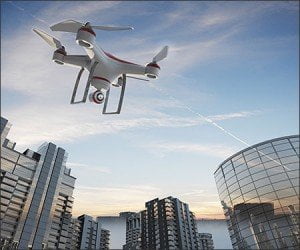
As is often the case with technological advances, drone innovation and ingenuity is far outpacing legislative development and drone pilots often find themselves operating in uncharted waters air.
Please note: I am unable to respond to requests for information as to where it is currently legal to operate a drone in Los Angeles. However, if you are considering retaining legal counsel to advise you regarding the commercial operation of unmanned aircraft, please contact me. The information in this article was current at the time of publication in July 2016. California and federal laws regulating the operation of drones are subject to ongoing change.
Drones are unmanned aircraft systems (UAS) operated with remote controls. In addition to being relatively inexpensive to purchase and fly, drones can maneuver precisely, hover in place, and can be equipped with audiovisual recording devices and even weapons. Their increase in popularity among the general public has stimulated debate regarding the necessity for, and the scope of laws regulating the operation of drones, particularly in an environment where the development of technology far outpaces the speed of legislation.
Growth of drone usage results in new regulatory efforts
The FAA is chartered to create air traffic regulations and restrictions for the operation all “aircraft”, which can be interpreted to include drones. Recent regulatory action has focused on the airspace below 500 feet of altitude—the zone in which drones typically operate—that has been largely ignored by the FAA until now.
In U.S. v. Causby, 328 U.S. 256 (1946), the U.S. Supreme Court tackled the question of private property airspace and held that property owners have exclusive control of the immediate airspace (up to 500 feet) over their property. However, the advent of UAS technology and the explosive growth in drone usage has resulted in greater regulatory interest in the airspace below 500 feet.
The FAA has now asserted that it has the authority to regulate all air space—including below 500 feet—and that as long as privately operated drones do not harm or endanger individuals and are not used for nefarious or criminal uses, they can legally fly and hover above all private property. However, there are no current federal laws which specifically address this issue, as non-commercial drones are bound by FAA guidelines but not specific statutes.
Federal registration of drones
As of December 2015, the FAA requires that all drones weighing between .55 and 55 pounds be registered by their owners, and that a paper or electronic certificate be in the operator’s possession when flying the drone. Failure to comply can result in civil sanctions of up to $27,500 and/or criminal penalties including imprisonment for up to three years and/or a fine of up to $250,000.
California drone laws
While other states have enacted legislation to address drone operation, no such legislation has been enacted by the State of California. Governor Jerry Brown has vetoed several bills, arguing that the proposed laws criminalize conduct which is already prohibited by other laws, add to an already bloated California penal code, are not cost-effective to enforce, and will put additional pressure on an already strained justice system.
Civil laws relevant to drone operators
Several California civil laws can apply to drone snooping, such as Civil Code section 1708.8 (Trespass) and Civil Code section 3481 (Private nuisance). Additionally, according to the Code of Civil Procedure sections 525-526 and 527.6, a person who has suffered harassment (by a drone or otherwise) can obtain an injunction or temporary restraining order against the responsible party.
Criminal laws applicable to drone operations
Despite the lack of state criminal statutes specifically addressing drone operation, operators potentially may be held criminally responsible under other existing laws such as:
- Penal Code section 632: Eavesdropping/Invasion of Privacy
- Penal Code section 634: Trespass/Invasion of Privacy
- Penal Code section 647: Disorderly Conduct/Concealed Recording
- Penal Code section 646.9: Stalking
Individuals who feel they are being harassed by a drone may be tempted to shoot it down, but could be subject to Penal Code section 246.3, negligent discharge of a firearm. And in Los Angeles County and City, launching any projectile at a drone is illegal.
Drone laws in Los Angeles
In October 2015, the Los Angeles City Council passed an ordinance making drone use within five miles of an airport, more than 500 feet above the ground, or within 25 feet of another person a misdemeanor that is punishable by up to six months in jail and/or a fine of $1,000.
Several incidents in 2014 and 2015 helped provide impetus for enhanced attention by the city of Los Angeles, and the resulting ordinance. One such incident was the arrest of a local video activist who was flying his drone during Navy Days 2014 at the Port of Los Angeles. Not only was he arrested and incarcerated pending bail, but the drone was confiscated and has yet to be returned to him as of this writing. Another drone pilot had his drone confiscated during the same event but cooperated with police and was not arrested.
The police relied on Los Angeles Municipal Code (LAMC) section 63.44 (b) (8), a little-known statute dealing with city parks which states:
“Within the limits of any park or other City-owned Harbor Department designated and controlled property within the City of Los Angeles…No person shall land, release, take off or fly any balloon, except children toy balloons not inflated with any flammable material, helicopter, parakite, hang glider, aircraft or powered models thereof, except in areas specifically set aside therefor.”
Also, a drone operator was charged with obstructing the police when his drone flew near a LAPD helicopter, as was another individual who flew his drone over the Staples Center following the Kings’ Stanley Cup victory. Several Los Angeles area drone operators—including the aforementioned individual arrested during Navy Days 2014—have been using their drones to record alleged instances of police misconduct.
Hollywood cinematographers are applauding Los Angeles’ increasing efforts to regulate drone use, particularly when it interferes with legitimate filmmaking efforts. According to Steven Poster, president of the International Cinematographers Guild (ICG), civilian drones “are dangerous tools … like throwing a Cuisinart in the air and hoping for the best” and he asserts that obtaining aerial footage—especially of landmarks such as the famed Hollywood sign — should best be left to sanctioned professionals.
Also of concern are hundreds of Los Angeles residents who have complained to police and the city council about the growth of drone activity over their homes, particularly at night. It is likely that such complaints will result in additional proposed legislation to regulate drone usage within city limits.

